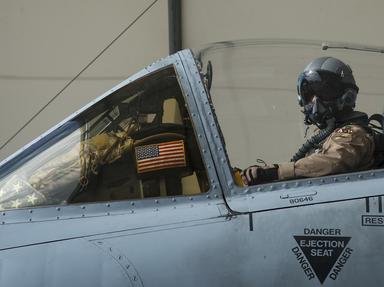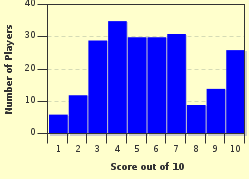Quiz Answer Key and Fun Facts
1. The Douglas PGM-17 became the first operational ballistic missile in the US Air Force inventory in 1959. By what nickname was this missile known?
2. The versatile AGM-65 was a key weapon for the US Air Force during Operation Desert Storm in 1991. By what nickname is the AGM-65 known?
3. The AGM-88 HARM also played a vital role for the Air Force during Operation Desert Storm. What is HARM's primary mission?
4. The nuclear-tipped AIR-2 missile was used for nearly 30 years for continental air defense, primarily against waves of incoming bombers. What nickname was given to the AIR-2?
5. The LGM-118, better known as Peacekeeper, served for nearly a decade as part of the US Air Force's intercontinental ballistic missile forces. What was the maximum number of nuclear warheads the Peacekeeper could carry?
6. The Martin MGM-1 held the distinction of being the first operational surface-to-surface cruise missile ever developed by the US Air Force. By what nickname was the MGM-1 known?
7. The very successful AIM-9 Sidewinder air-to-air missile was first deployed to US Air Force aircraft during the Vietnam War era. It was originally designed by the US Navy, though, as a counterpart to what groundbreaking Air Force missile?
8. Which of the following companies was the prime contractor of SM-65, the Atlas intercontinental ballistic missile?
9. LGM-25C, the Titan II intercontinental ballistic missile, carried a W53 nuclear warhead--the most powerful warhead ever deployed on an American missile. What was the explosive yield of the W53 warhead?
10. The Boeing LGM-30 has been the backbone of the US Air Force's intercontinental ballistic missile force for over 40 years. What nickname was given to this missile?
Source: Author
cag1970
This quiz was reviewed by FunTrivia editor
gtho4 before going online.
Any errors found in FunTrivia content are routinely corrected through our feedback system.

